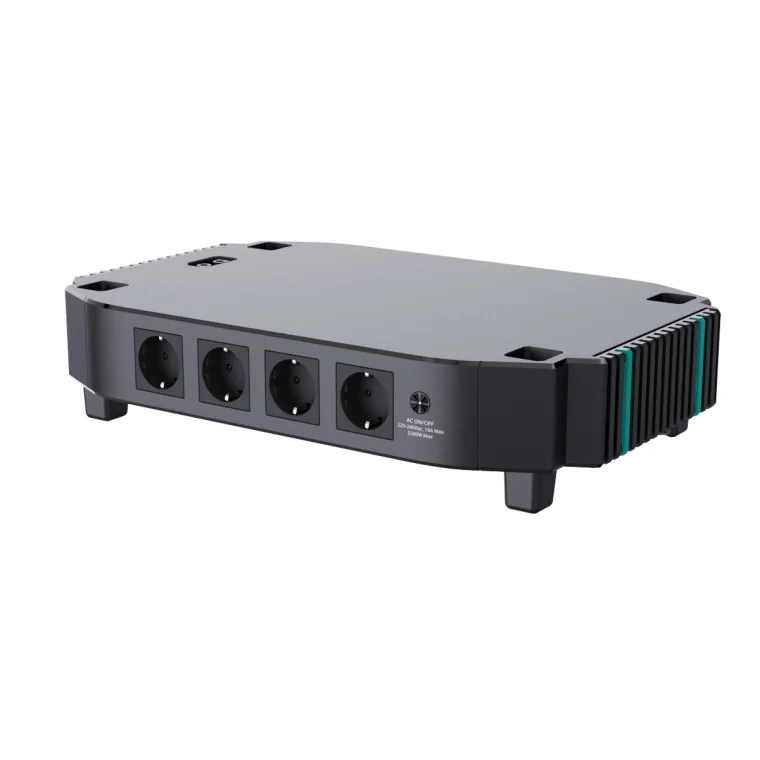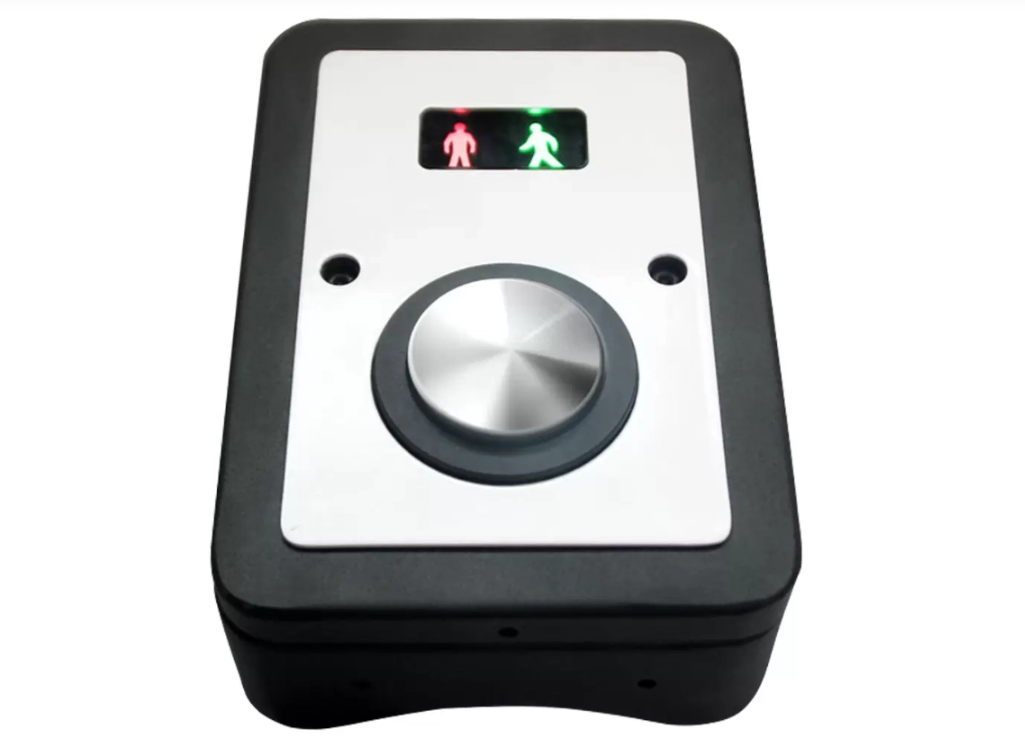Testing an electrical circuit is a fundamental skill for electricians, engineers, and DIY enthusiasts alike. Whether you are troubleshooting a malfunctioning device, ensuring safety compliance, or conducting routine maintenance, understanding how to effectively test an electrical circuit is crucial. This article delves into the methodologies, tools, and best practices for testing electrical circuits, ensuring that you can diagnose issues accurately and efficiently.
Understanding Electrical Circuits
Before diving into testing methods, it’s essential to grasp the basic components of an electrical circuit. An electrical circuit typically consists of a power source (like a battery or power supply), conductors (wires), loads (devices that consume electricity), and control devices (like switches and fuses). Each component plays a vital role, and understanding their functions will aid in effective testing.
Safety First: Precautions Before Testing
Safety should always be your top priority when working with electrical circuits. Here are some essential precautions:
- Personal Protective Equipment (PPE): Always wear insulated gloves and safety goggles to protect against electrical shock and debris.
- De-energize the Circuit: Before testing, ensure that the circuit is de-energized. Use a lockout/tagout (LOTO) procedure to prevent accidental re-energization.
- Use Insulated Tools: Employ tools with insulated handles to minimize the risk of shock.
Tools Required for Testing Electrical Circuits
To test an electrical circuit effectively, you will need the following tools:
- Multimeter: A versatile tool that measures voltage, current, and resistance. It is essential for diagnosing circuit issues.
- Clamp Meter: Useful for measuring current without breaking the circuit, particularly in high-current applications.
- Continuity Tester: A simple device that checks if a circuit is complete, indicating whether current can flow.
- Oscilloscope: For advanced users, an oscilloscope can visualize electrical signals, helping to diagnose complex issues in AC circuits.
Step-by-Step Guide to Testing an Electrical Circuit
- Visual Inspection
Before using any tools, conduct a thorough visual inspection of the circuit. Look for signs of damage such as frayed wires, burnt components, or loose connections. This initial step can often reveal obvious issues that require immediate attention.
- Testing for Continuity
Using a multimeter set to the continuity setting, follow these steps:
- Disconnect power to the circuit.
- Connect the multimeter probes to the two ends of the circuit path you wish to test.
- A beep or a reading close to zero indicates continuity, meaning the circuit is complete. If there is no sound or an infinite reading, there is a break in the circuit.
- Measuring Voltage
To check if the circuit is receiving the correct voltage:
- Ensure the circuit is powered on.
- Set the multimeter to the appropriate AC or DC voltage setting.
- Place the probes across the power source or load.
- A reading within the specified range indicates that the circuit is functioning correctly. Deviations may suggest issues with the power supply or components.
- Measuring Current
To measure current flow:
- Use a clamp meter for non-intrusive measurement. Clamp it around the conductor carrying the current.
- For inline measurements, break the circuit and connect the multimeter in series.
- Ensure the multimeter is set to the correct current range (AC or DC) to avoid damage.
- Testing Resistance
Resistance testing helps identify faulty components:
- Power off the circuit and discharge any capacitors.
- Set the multimeter to the resistance setting (ohms).
- Connect the probes to the component or section of the circuit being tested.
- A reading of zero or close to it indicates a short circuit, while an infinite reading suggests an open circuit.
Troubleshooting Common Issues
- No Power: If the circuit shows no voltage, check the power source, fuses, and circuit breakers.
- Intermittent Functionality: This may indicate loose connections or failing components. Inspect and tighten connections as necessary.
- Overheating Components: Measure resistance and check for short circuits or overload conditions.
Conclusion
Testing an electrical circuit is a critical skill that combines knowledge, precision, and safety. By following the outlined steps and utilizing the right tools, you can effectively diagnose and resolve issues within electrical systems. Remember, thorough testing not only ensures functionality but also enhances safety, preventing potential hazards. As you gain experience, you will develop an intuitive understanding of circuit behavior, making you a more proficient technician or engineer in the field. Always stay updated with the latest safety standards and testing techniques to maintain your expertise in this ever-evolving industry.





